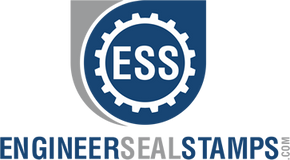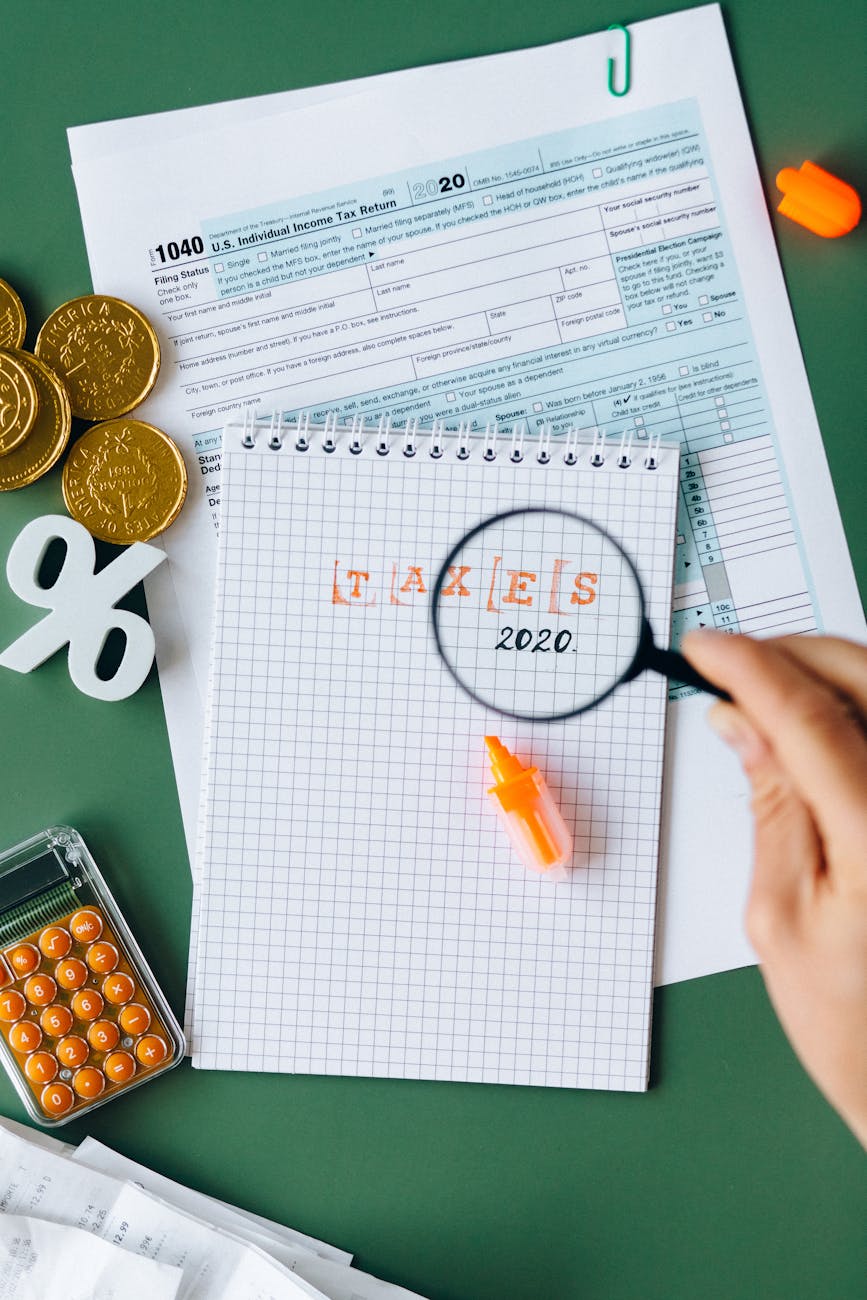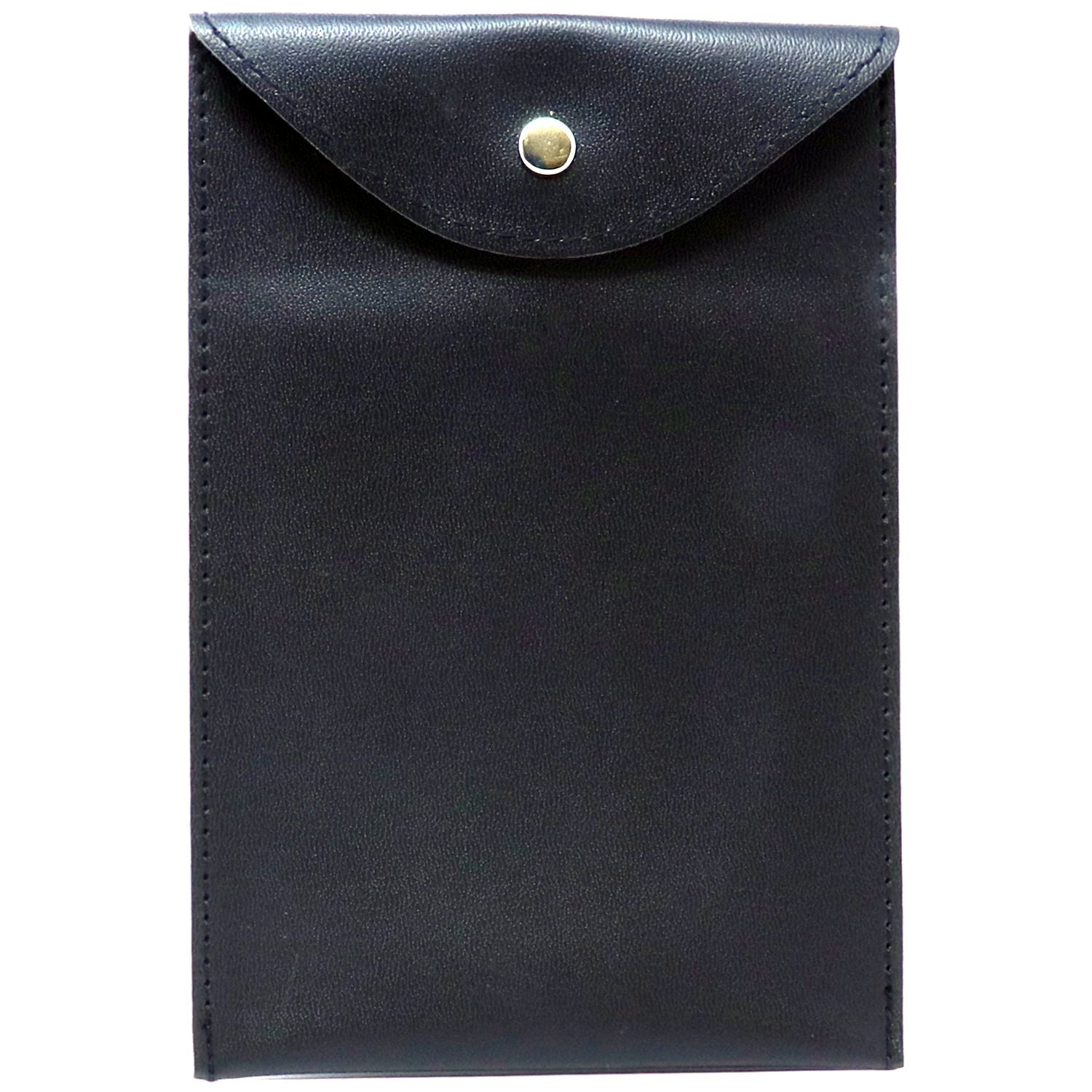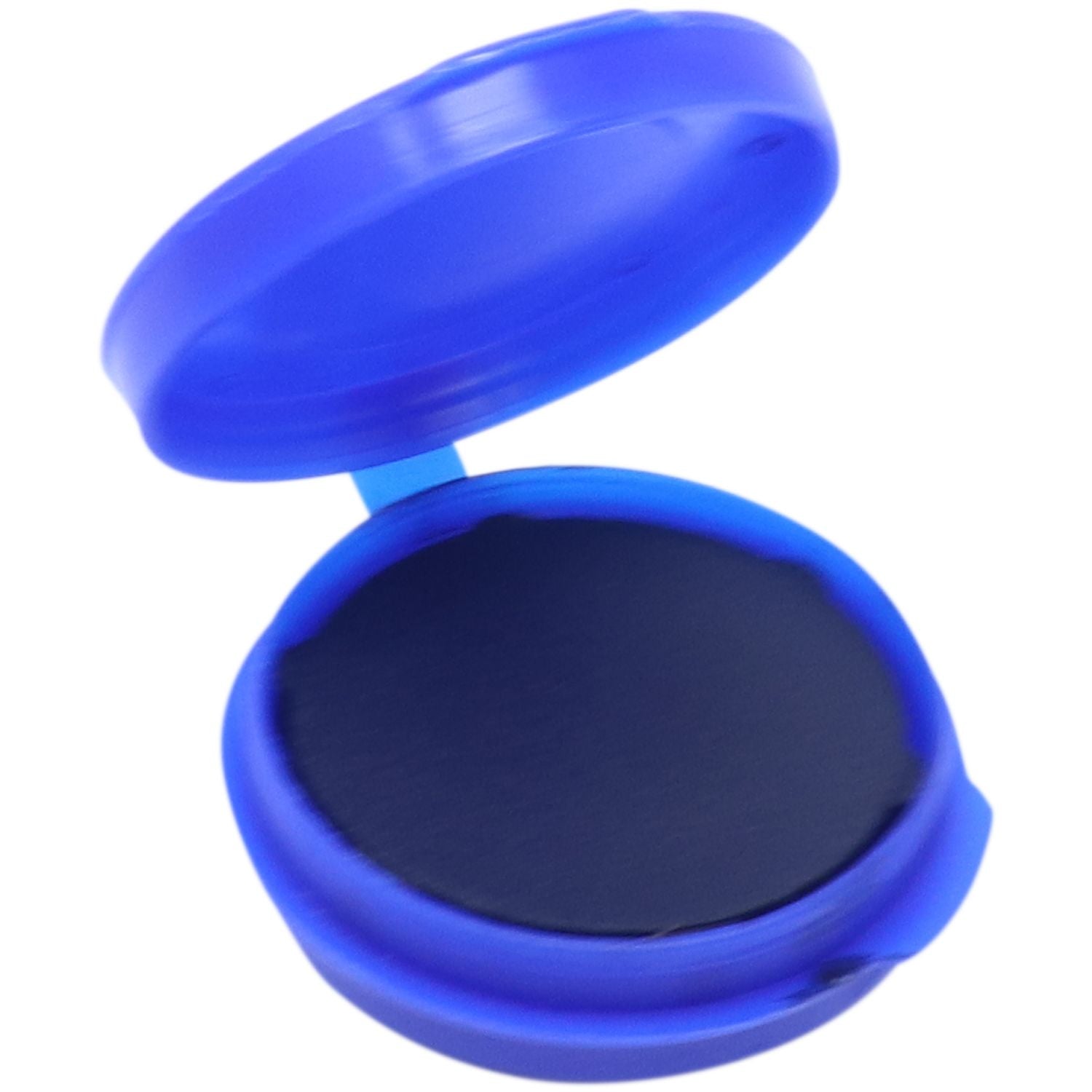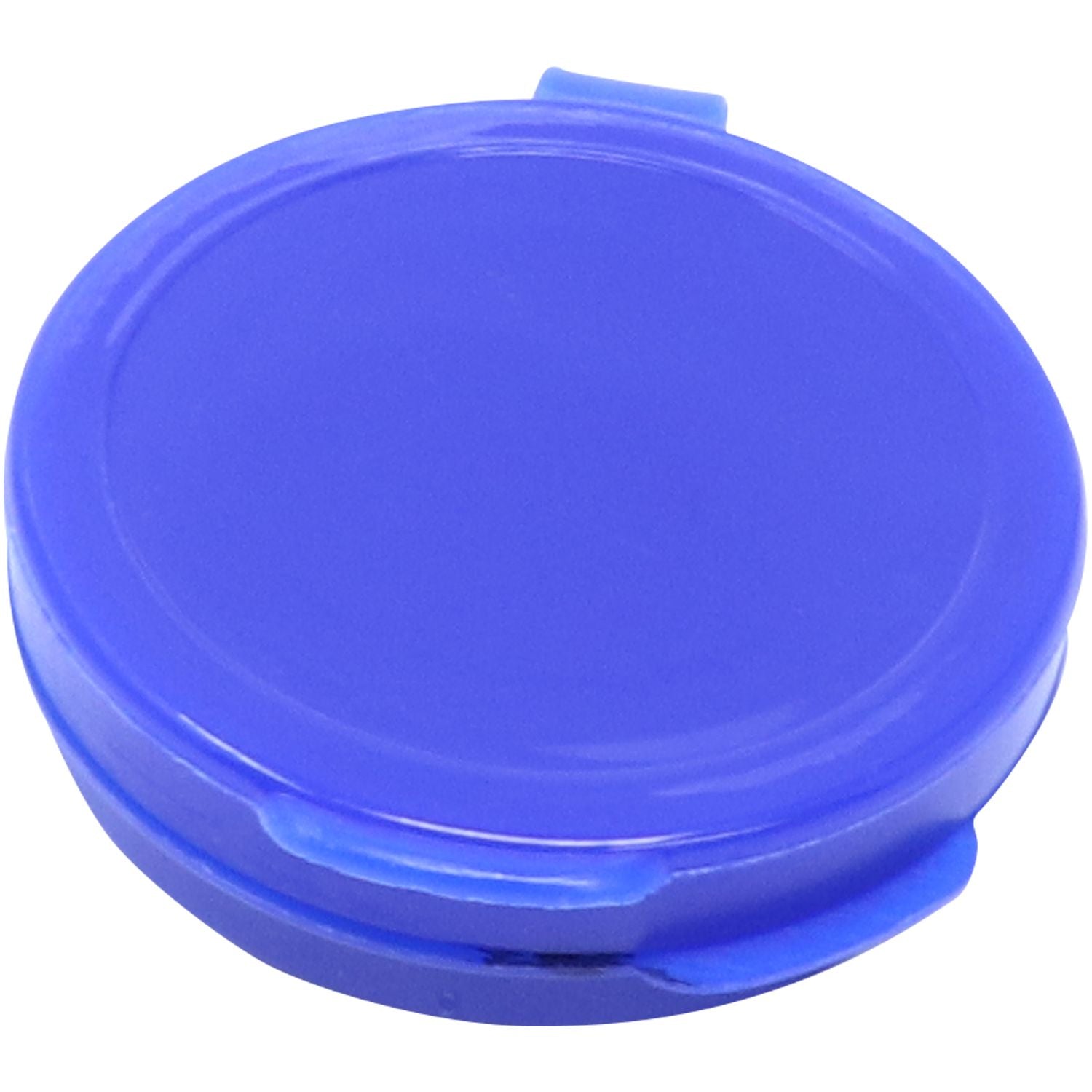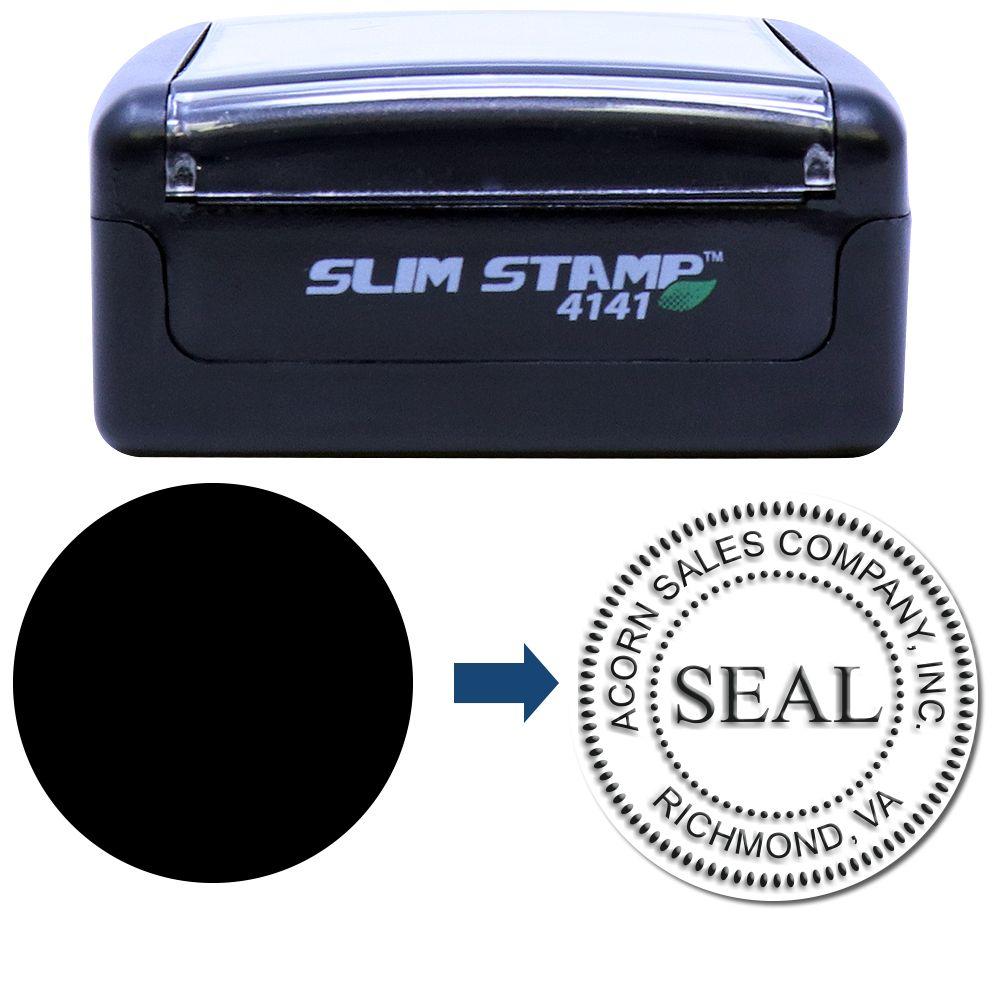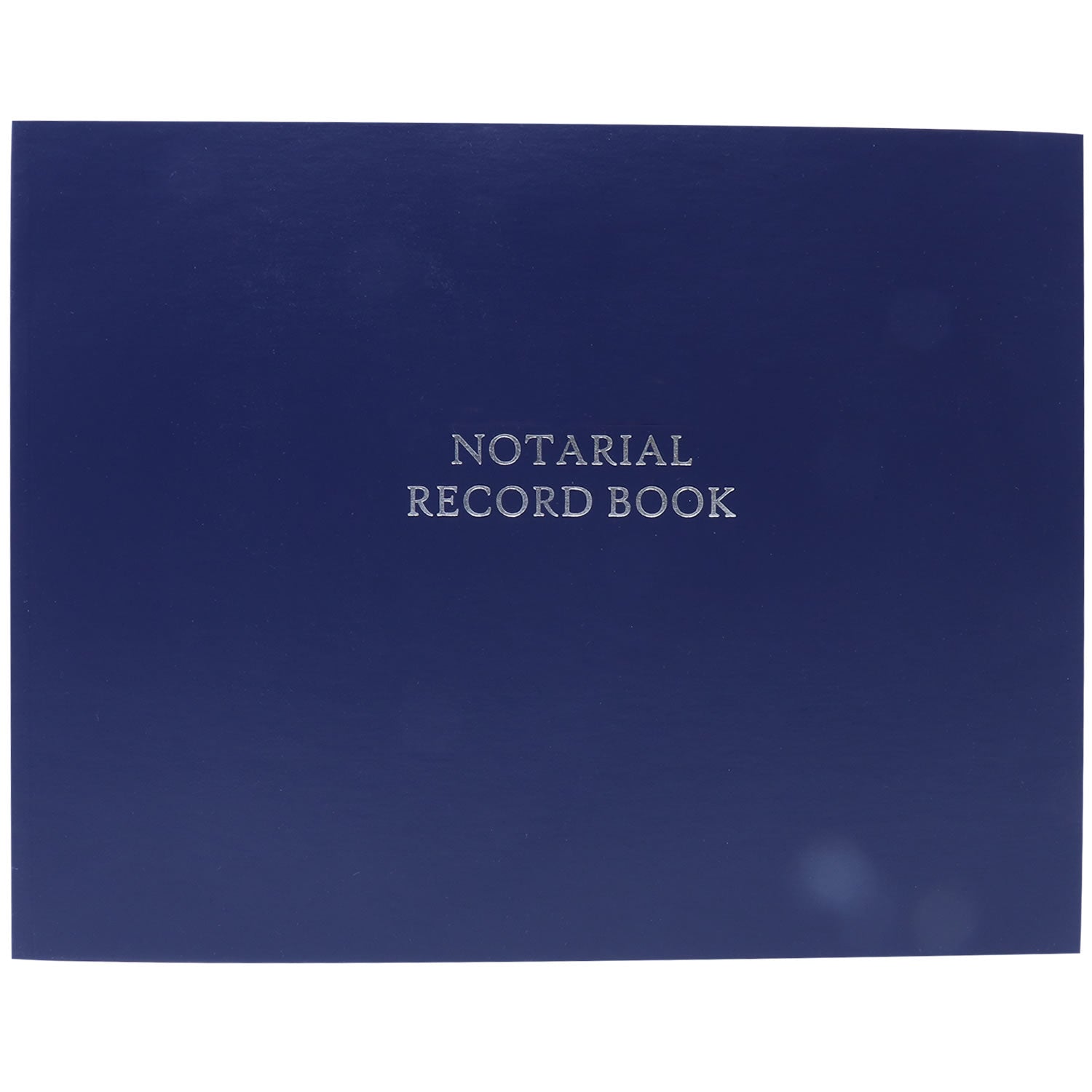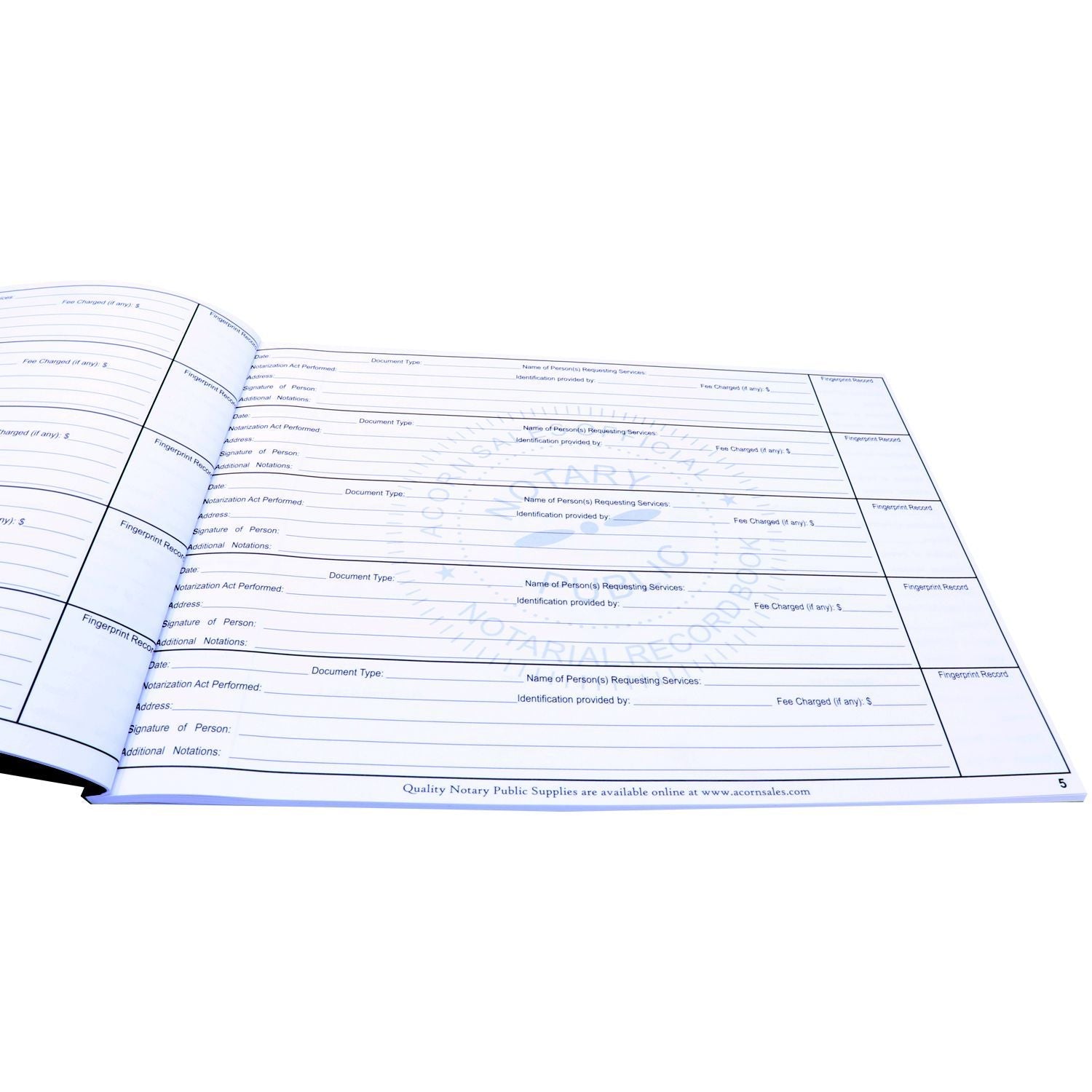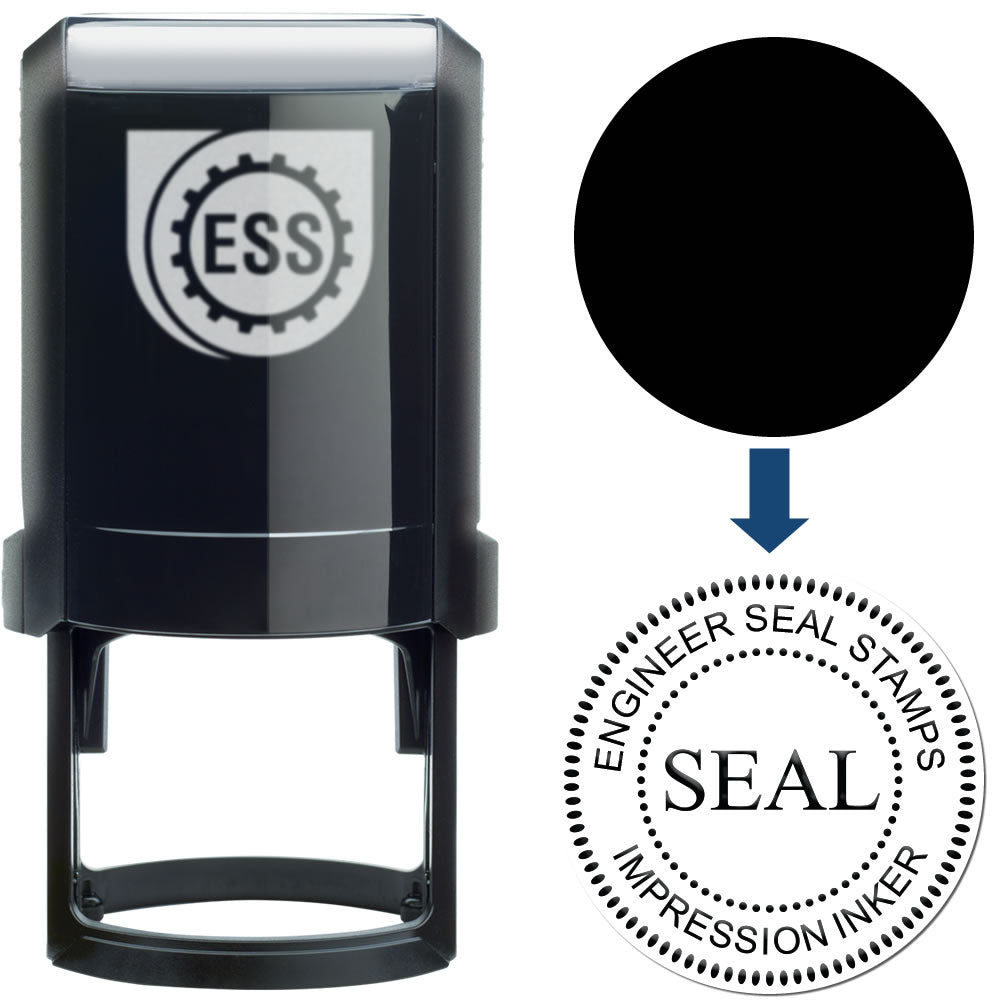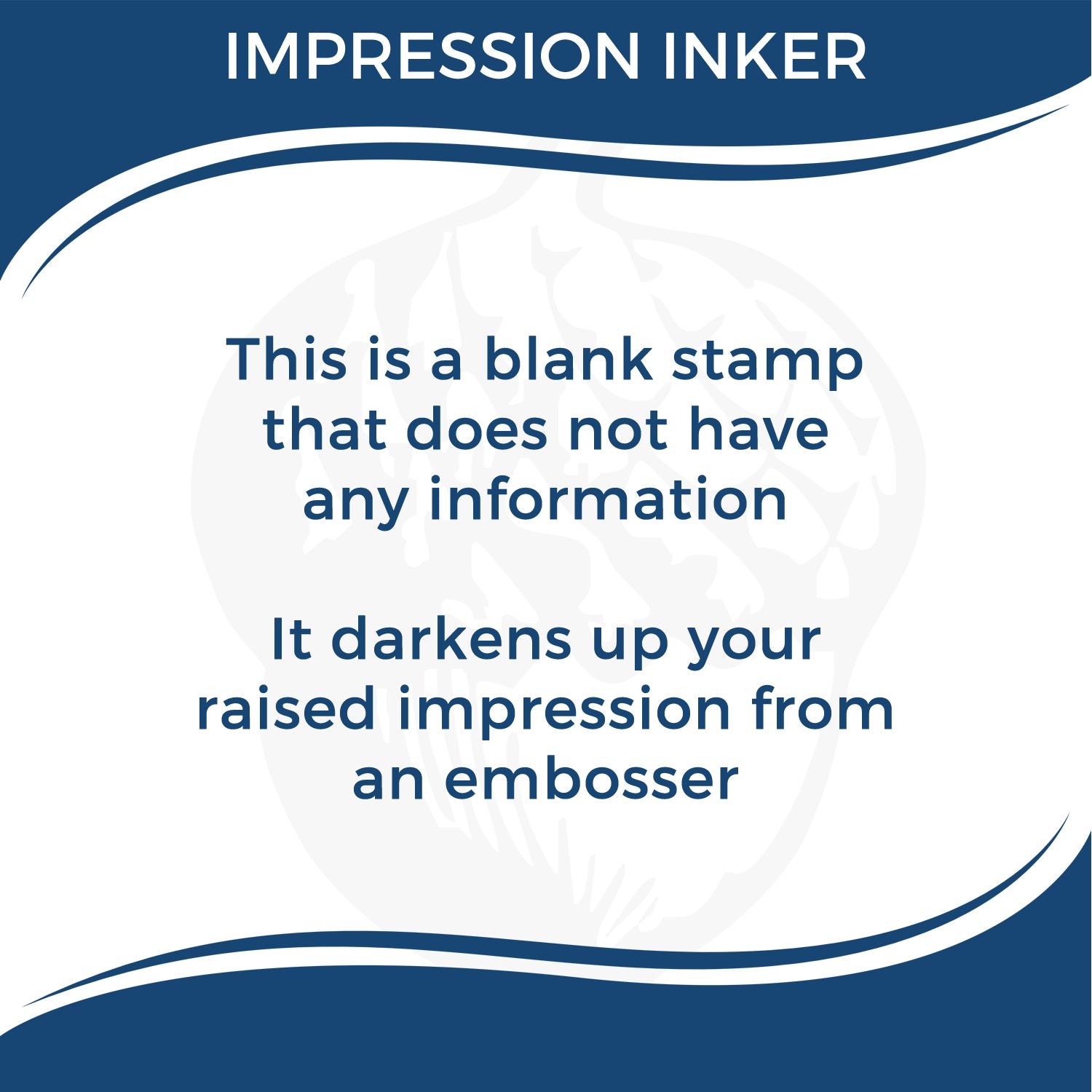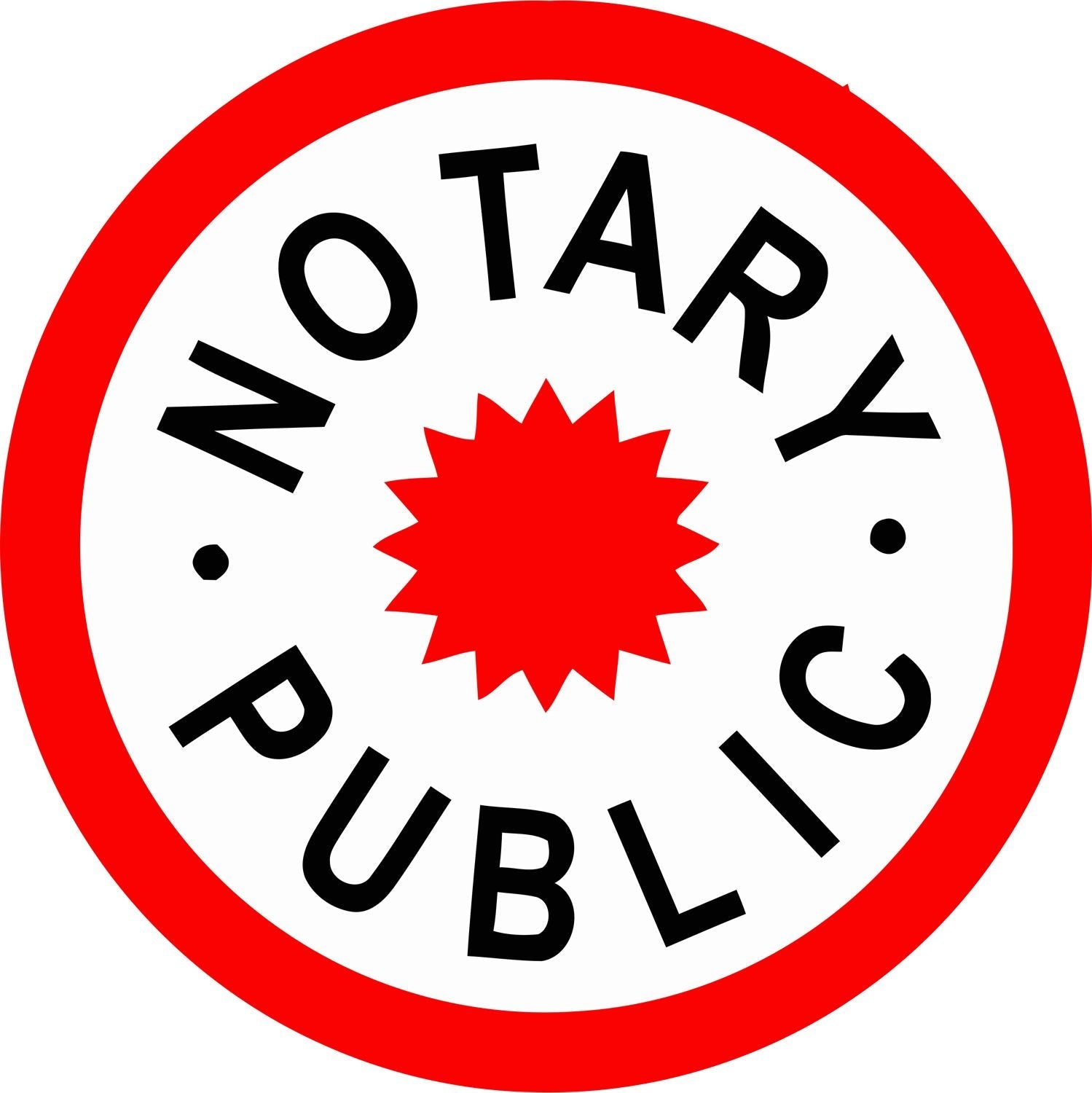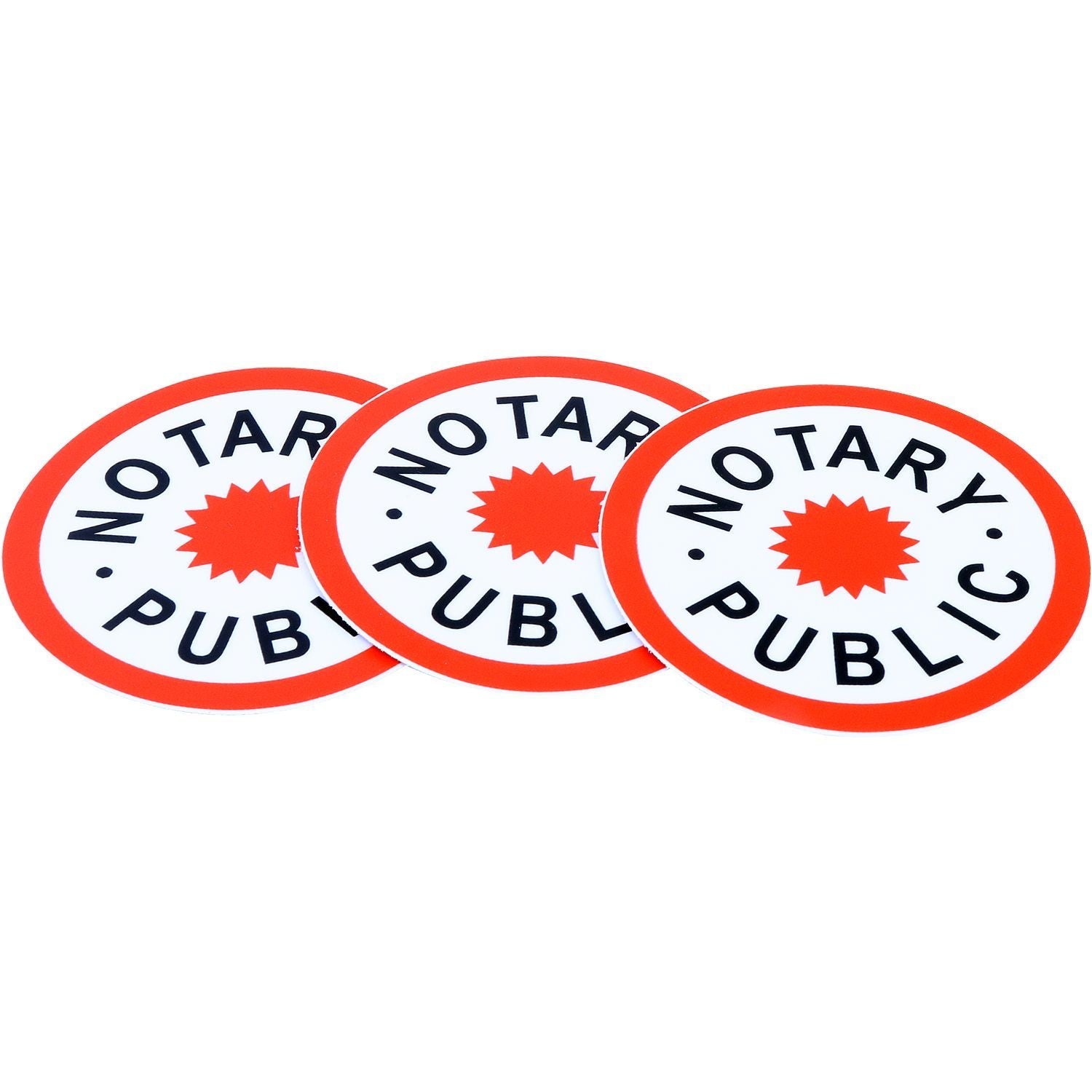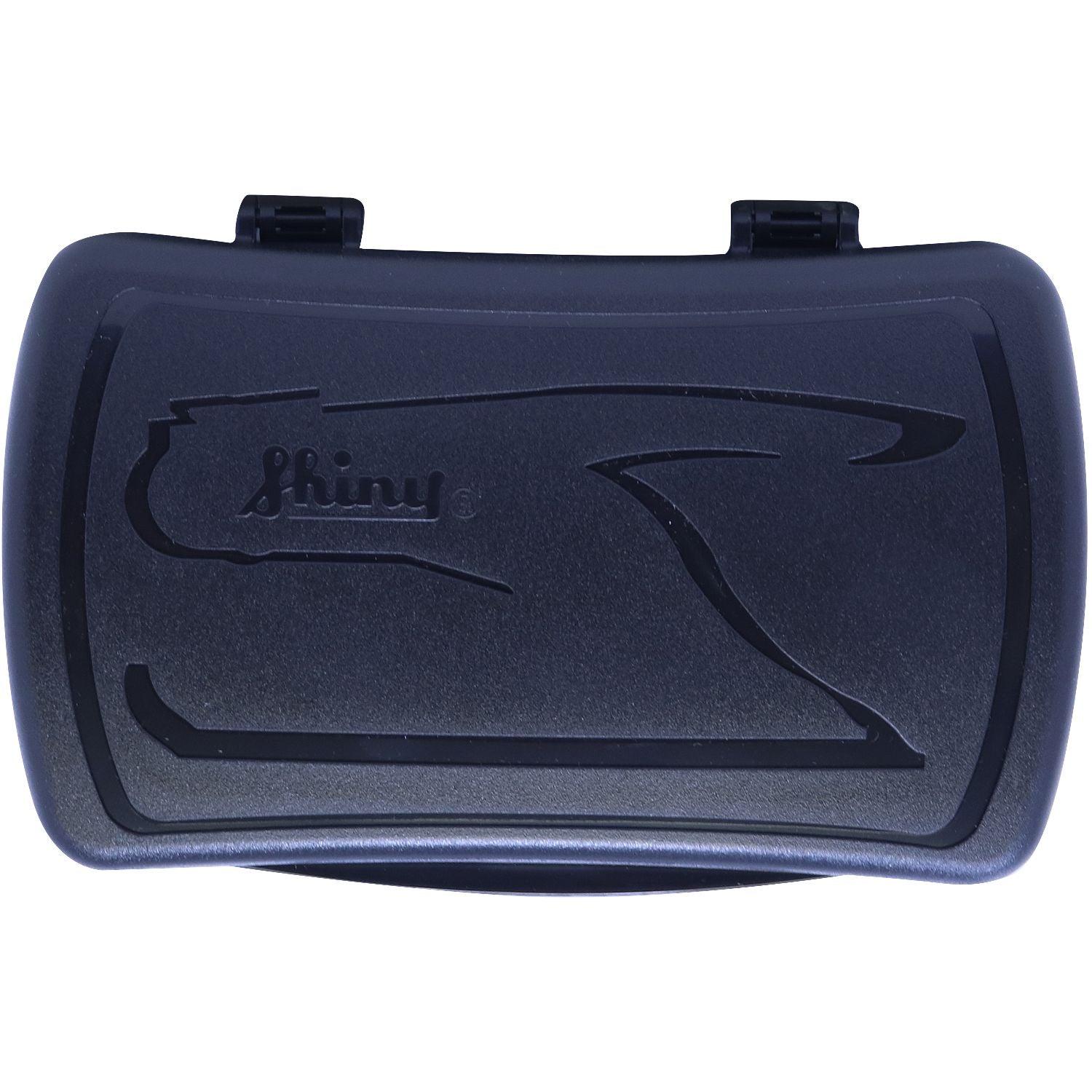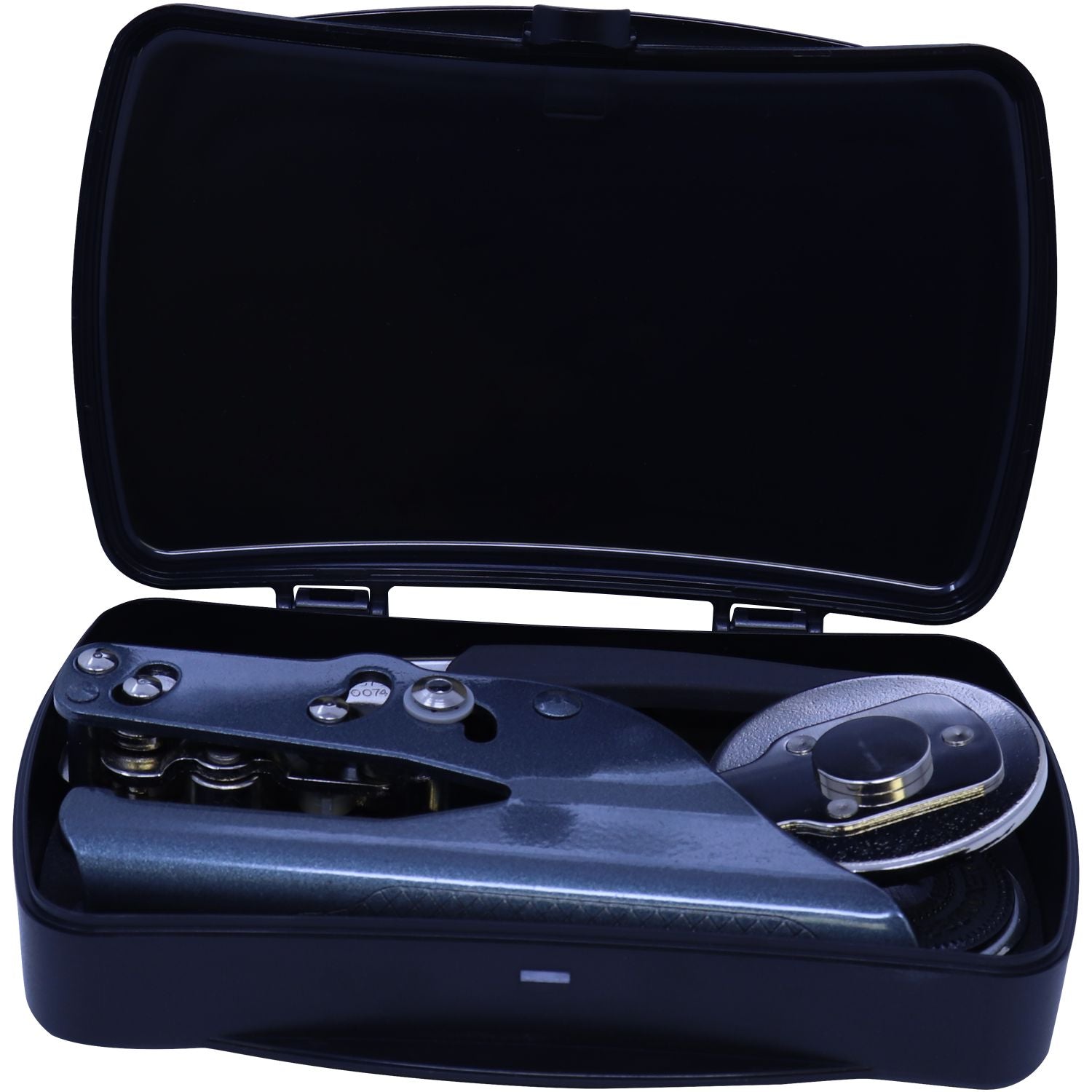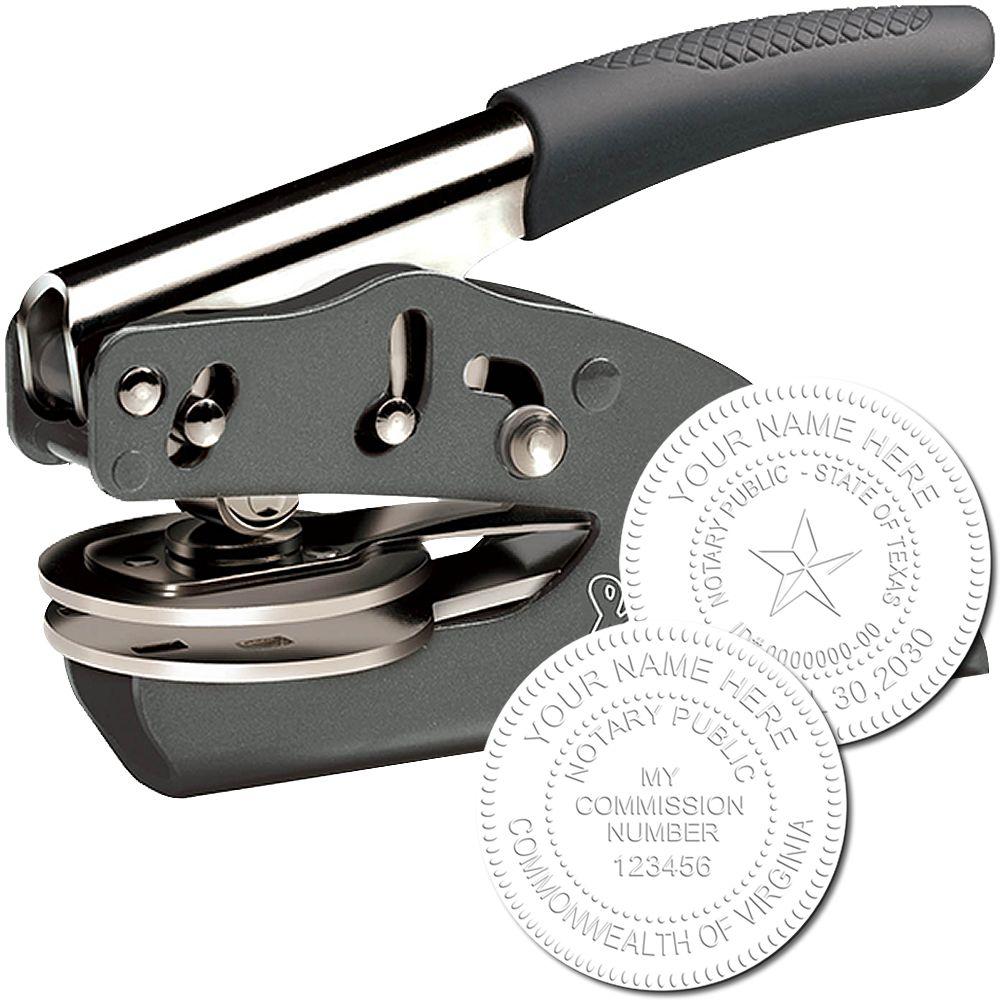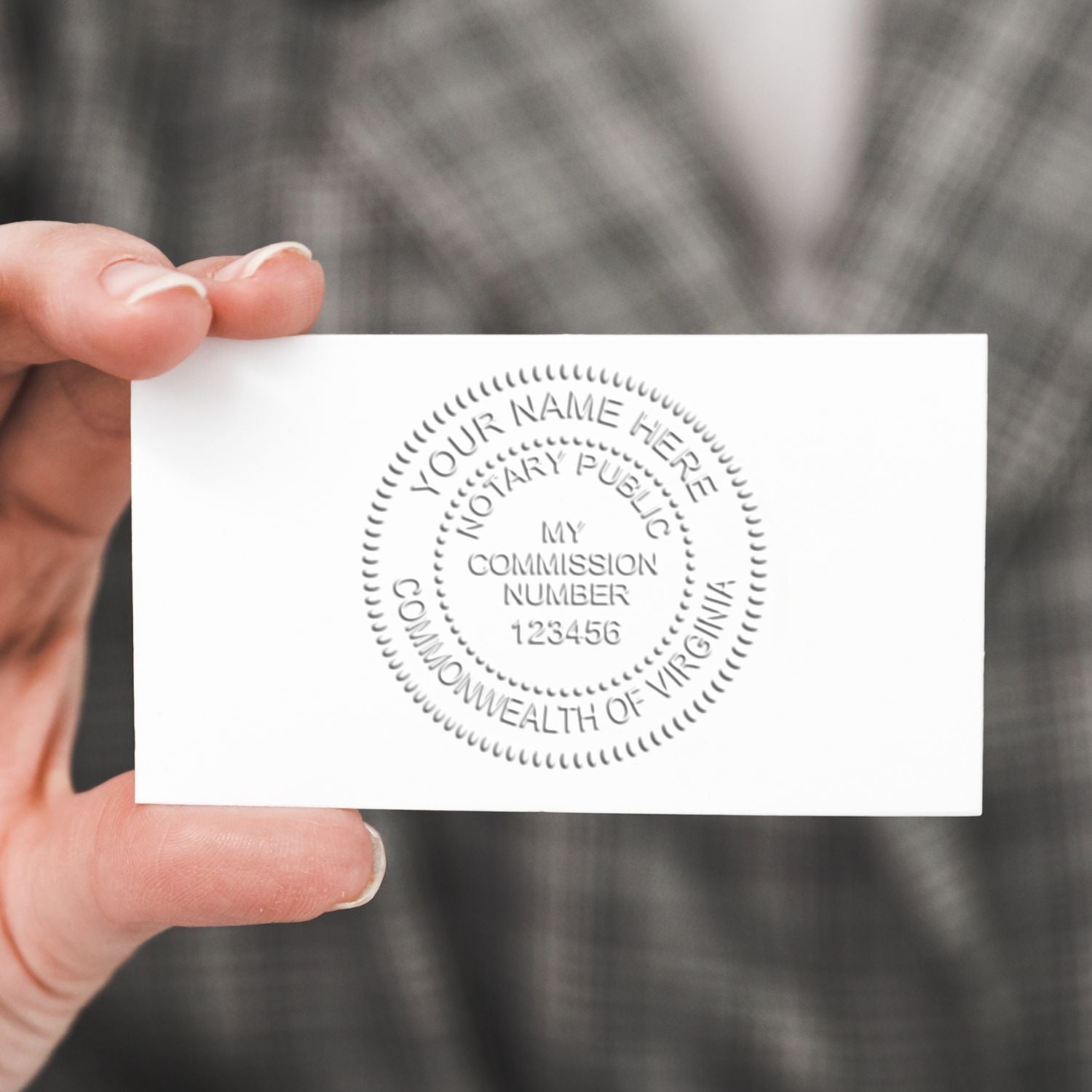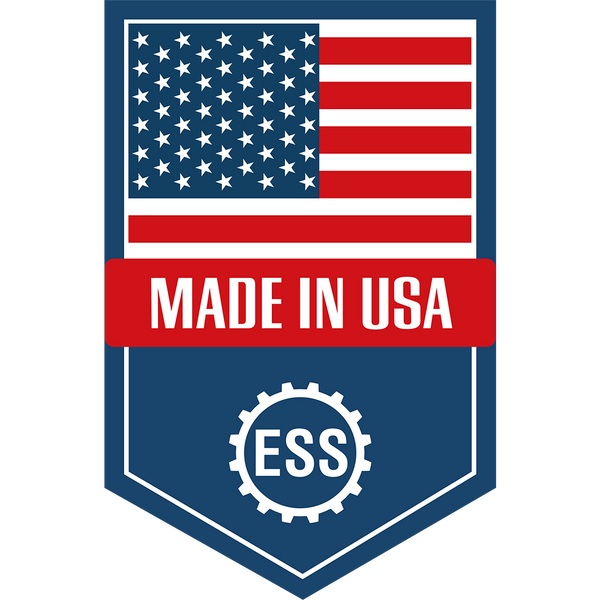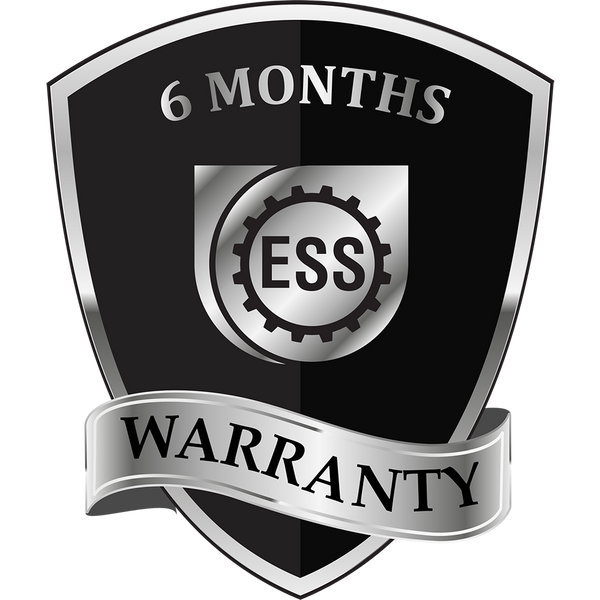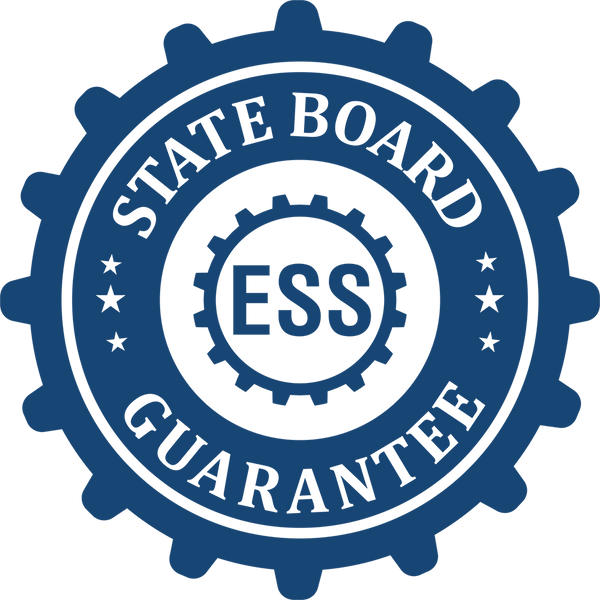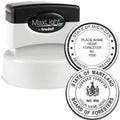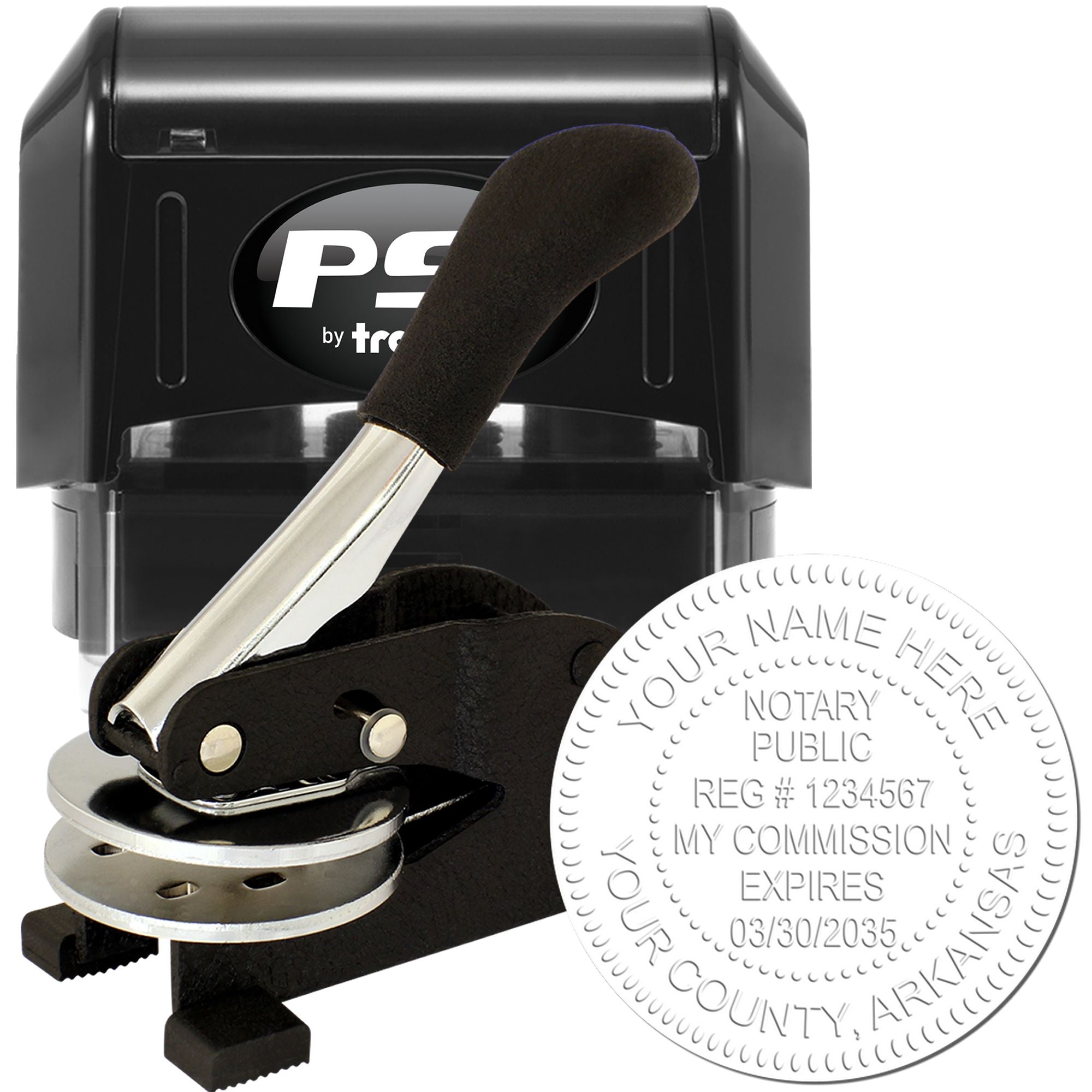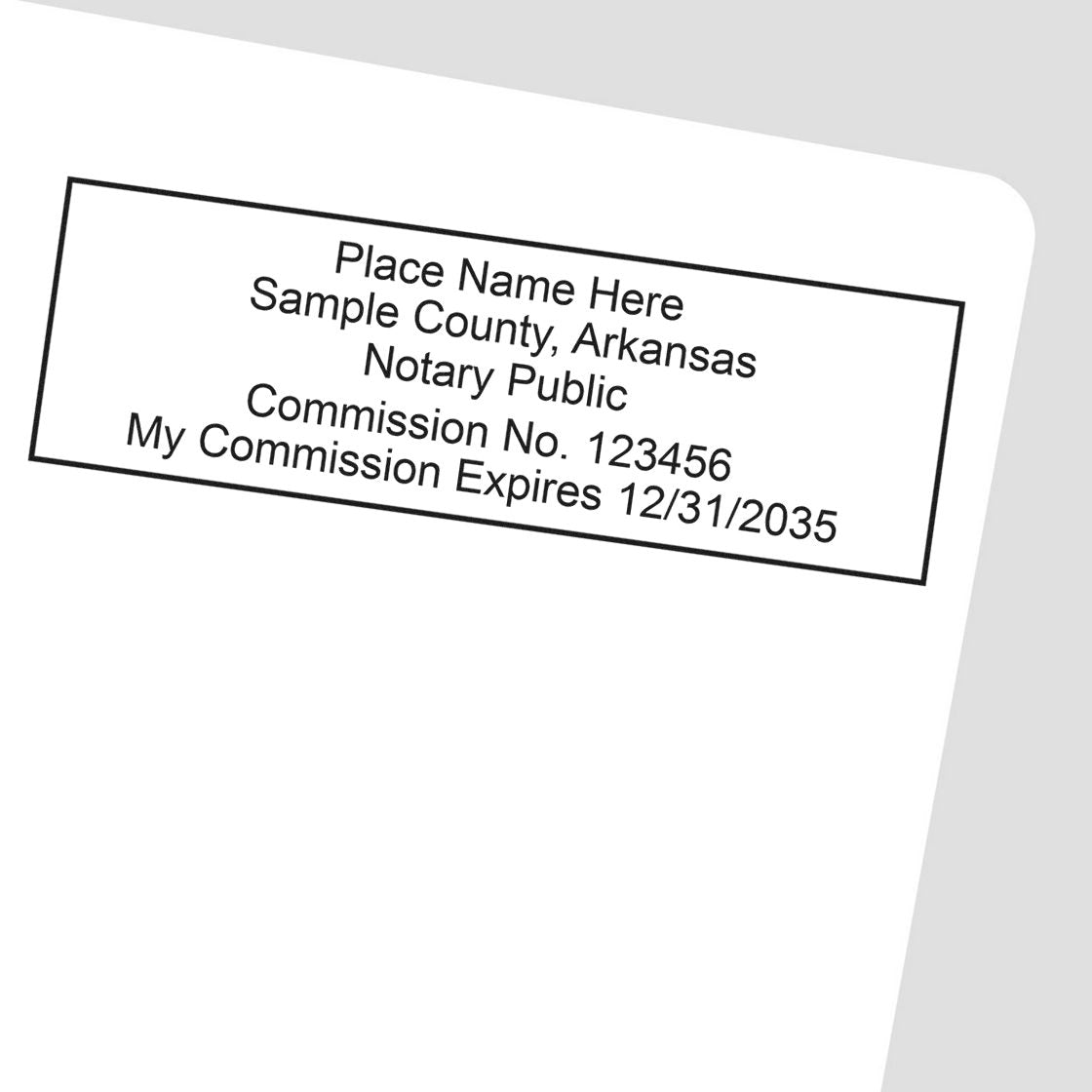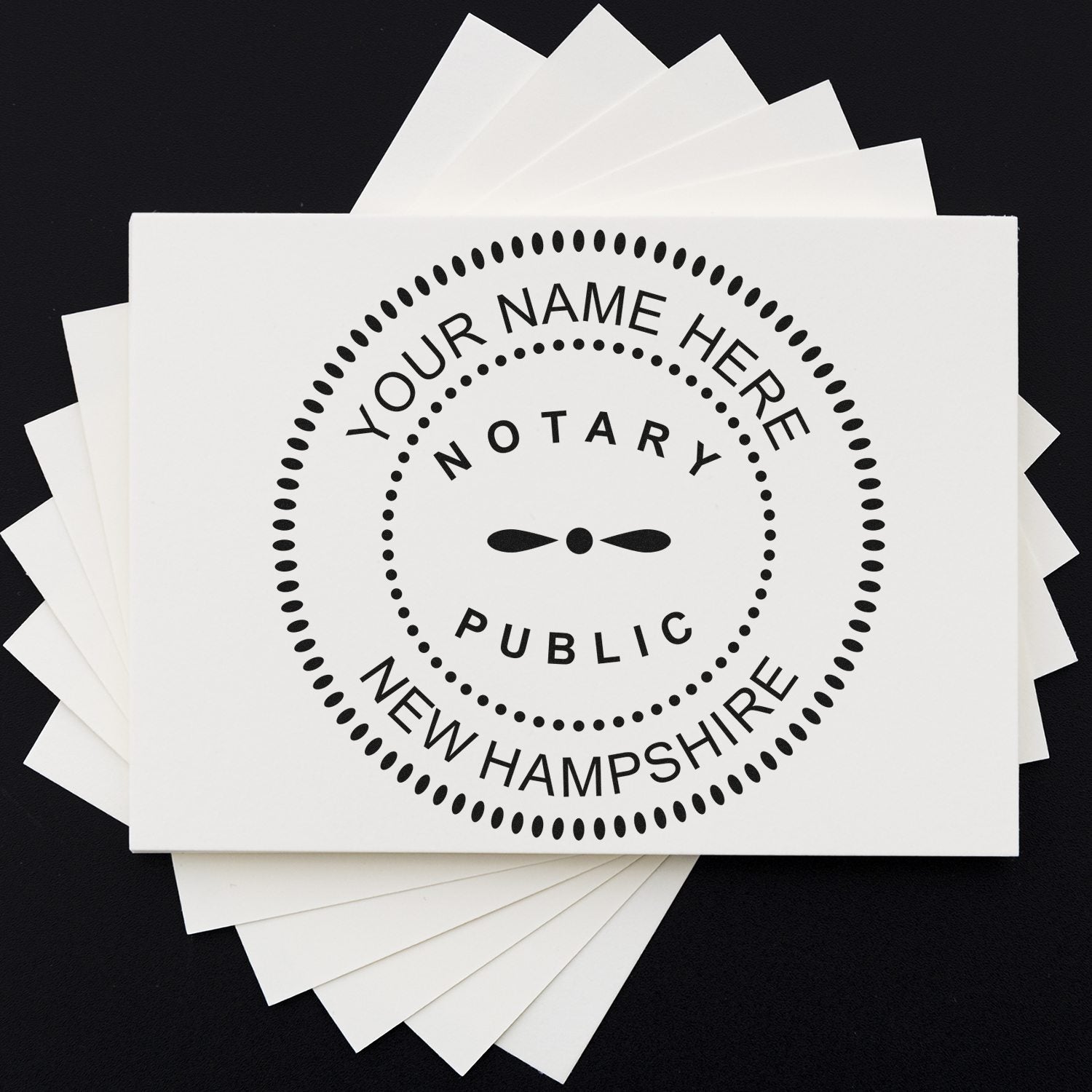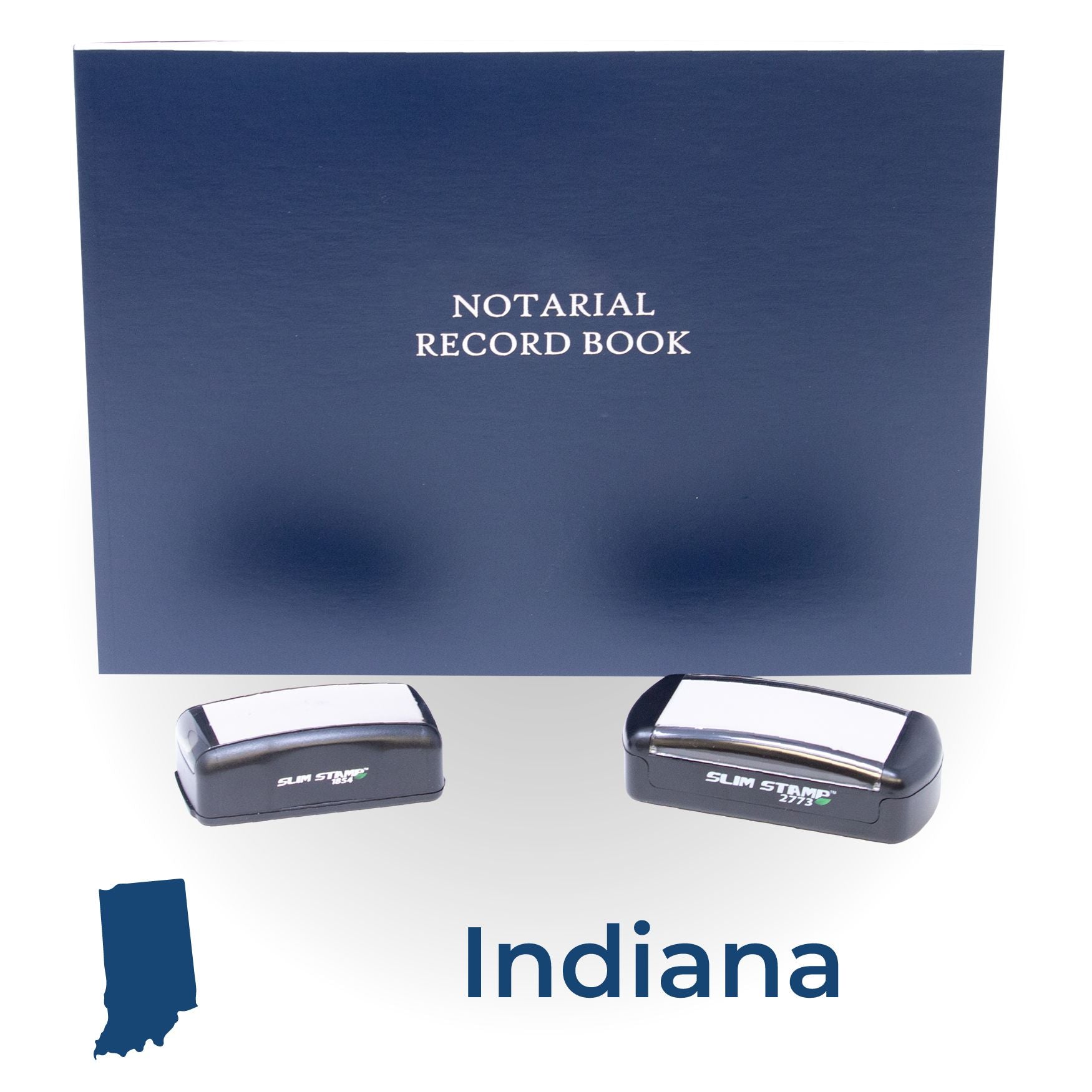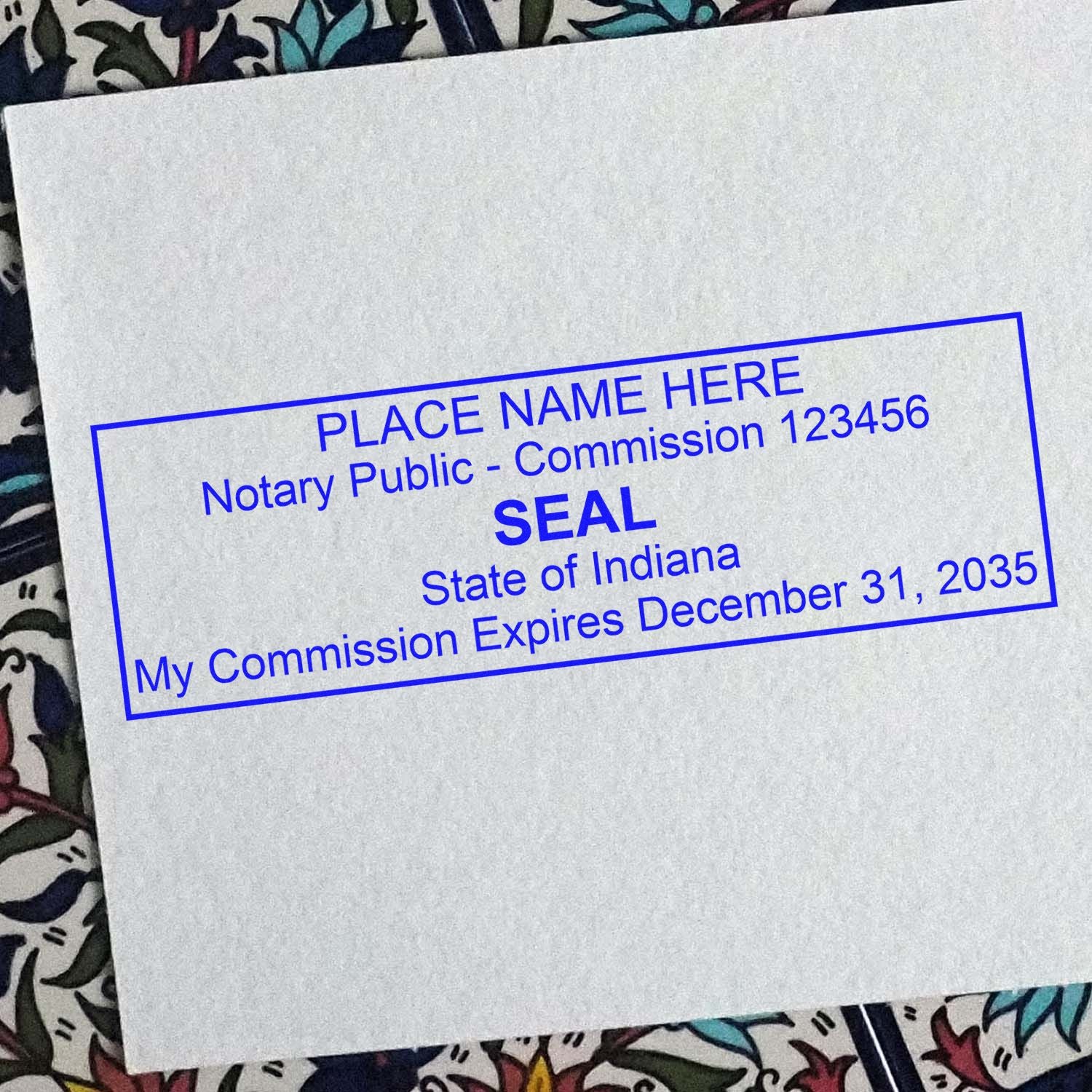Whether you need to notarize papers, badge your personal library, or add a refined touch to wedding stationery, an embossing stamp for documents can be a game-changer. With its raised impression, a document embosser offers professional flair and a hint of timeless elegance. In this ultimate guide, you’ll uncover everything you need to know about choosing, customizing, and maintaining the perfect stamp. By the end, you’ll feel confident embossing all kinds of paperwork, from official forms to personal notes.
Understand what embossing stamps do
Embossing stamps are handheld or desktop tools creating raised impressions. You simply place your paper between two metal plates, press the handle, and the design is pressed into the page. This raised surface not only looks upscale but also helps mark authenticity—great for certificates, office paperwork, or personalized book collections.
Why choose an embossing stamp?
- Instantly professional look: Stamped documents often command more respect.
- Customizable designs: You can put your own logo, name, or unique pattern.
- Long-lasting impressions: Unlike ink stamps, embossed marks don’t fade.
- Eco-friendly usage: No extra ink pads or disposable cartridges required.
Recognize the essential features
Not all embossers are built the same. Some focus on basic text, while others allow for intricate logos or designs. Here are a few vital points to consider:
- Plate size: Larger plates accommodate detailed artwork.
- Orientation: Certain embossers are designed for top, bottom, or side margins of a page.
- Pressure mechanism: Check if it’s a handheld or desktop-style trigger. Handheld is more portable, while desktop styles can be easier to press.
- Quality of metal plates: Heavier, durable plates create crisp, consistent impressions.
Customize your design
Whether you’re personalizing official documents or adding that special signature to invitations, customization matters. Engineer Seal Stamps (ESS) specializes in tailoring embossers so you can get the exact look you want. You can include initials, logos, or text that’s unique to you.
- Decide on text vs. logo: Keep it simple with a monogram or spell out a full company name.
- Pick a font you love: Classic serif fonts evoke tradition, while sans-serif fonts look modern.
- Consider adding decorative borders: Scrolls or geometric shapes can frame the text beautifully.
For more personalized choices, explore custom embossing stamps and select from a wide range of options.
Use your embosser properly
Operating an embosser is straightforward, but a few quiet tips can make the impression clearer:
- Position your document. Align the stamp where you want the raised seal to appear.
- Insert the paper between the plates. Ensure it’s snug for even pressure.
- Press firmly. A consistent press is key to a uniform impression.
- Release gently. Pull the handle back and remove the paper in one smooth motion.
If you’re using a heavier-duty desktop style, you’ll likely get great pressure right away. Handheld ones can be slightly trickier but are easy once you get the hang of it.
Maintain your embossing stamp
A quality stamp can last years, possibly decades, if you show it a little TLC.
- Clean dust particles from the plates with a soft cloth.
- Store in a dry place so metal surfaces don’t corrode.
- Check pivot points or springs (if any) periodically to ensure a smooth press.
Engineer Seal Stamps (ESS) recommends occasional lubrication of moving parts with a light machine oil if you notice squeaking or stiffness. That way, your stamp stays crisp and consistent.
Wrap up and next steps
An embossing stamp can bring life to otherwise plain-looking documents, certificates, or even personal stationery. Whether you’re stamping an official letterhead or branding your personal library collection, it’s a simple tool that speaks volumes about your style and authenticity. If you want to explore different designs or talk to professionals about unique layouts, ESS is here to help.
Frequently asked questions
Can an embossing stamp handle thick cardstock?
Yes. Most embossers can manage standard office paper and slightly thicker cardstock. If you use extra-heavy paper, look for a model specifically designed for thicker materials.
Is it difficult to change the design?
Many desktop embossers allow you to swap out plates. However, some models might require professional assistance to change the die (the engraved plate).
How can I prevent the paper from tearing?
Gently press and release. Overly forceful stamping can weaken the paper fibers. If tearing still happens, consider lighter cardstock or a desktop embosser for smoother pressure.
Will an embosser fade over time?
Unlike ink that may dry or bleed, an embossed design is permanent. Keep your metal plates clean and aligned, and you’ll enjoy crisp impressions for years.
Are there limits to the artwork detail?
Highly elaborate designs might not translate perfectly on small stamps. To keep details sharp, choose slightly bolder lines and less intricate patterns. If you’re unsure, talk to ESS about the best resolution for your custom design.
